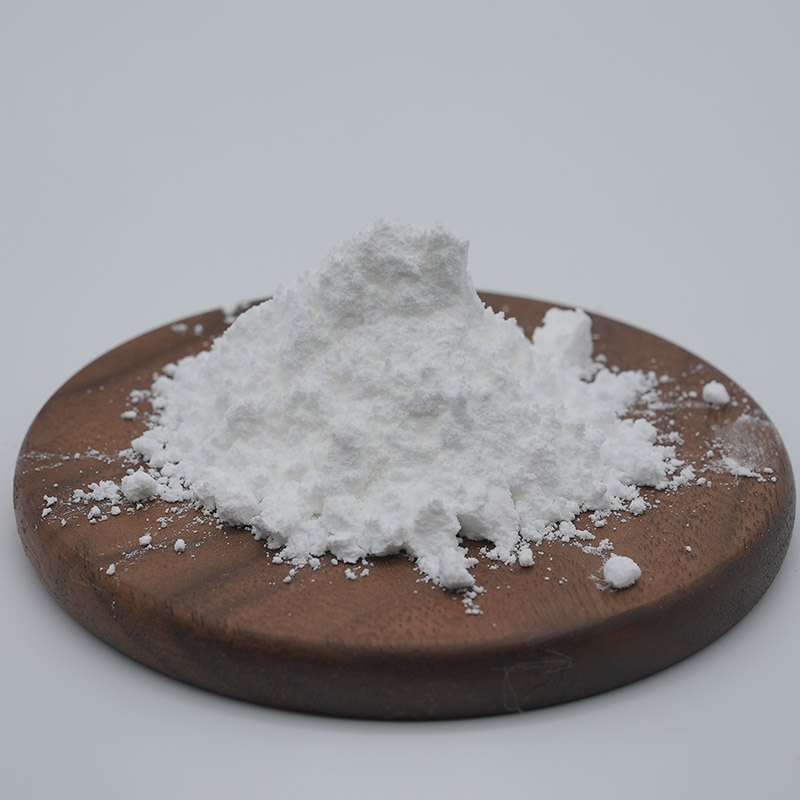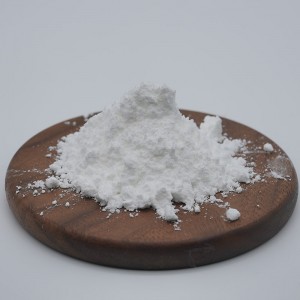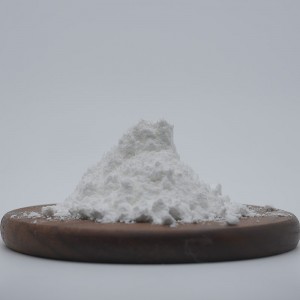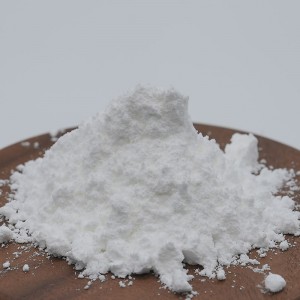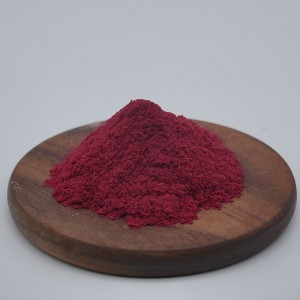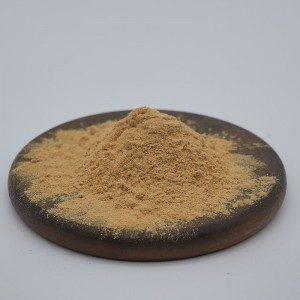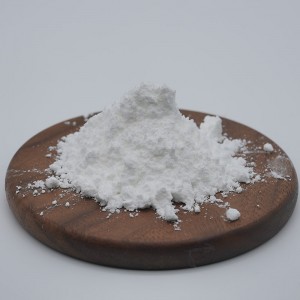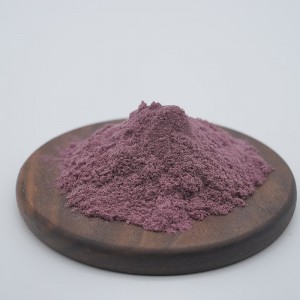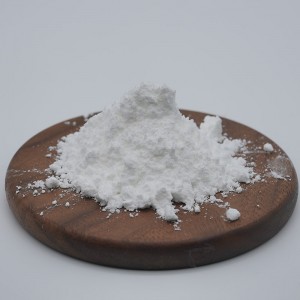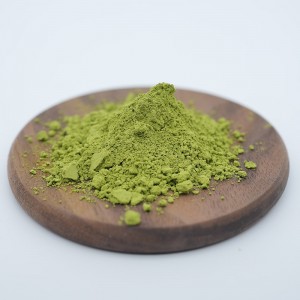
Products
Psoralen 98%
Product Description
Psoralen 98%, an organic compound of vital significance, has garnered considerable attention due to its versatile applications across various domains. With a chemical structure characterized by fused benzene rings, psoralen belongs to the furanocoumarin family and boasts a purity of 98%, denoting its high level of refinement. This compound has found its place in numerous industries and research endeavors owing to its distinctive properties and reactivity.
Derived from natural sources such as plants like Ammi majus and Psoralea corylifolia, psoralen's intriguing properties have led to its isolation and subsequent utilization in a myriad of applications. Its high purity of 98% ensures that it meets rigorous standards, making it an attractive option for various industrial and scientific purposes.
The compound's reactivity and ability to intercalate with DNA upon exposure to ultraviolet (UV) light has been exploited in various fields. This characteristic, known as photoactivation, forms the basis of its utilization in phototherapy treatments for certain skin conditions. However, for the purpose of this discussion, the focus will be on psoralen's applications beyond its well-known therapeutic effects.
In the realm of molecular biology and genetics, psoralen's capacity to crosslink with DNA under UV light has enabled its use in research related to DNA structure and function. By binding to DNA and forming covalent crosslinks, psoralen can lead to the generation of interstrand and intrastrand crosslinks, resulting in a plethora of possibilities for studying DNA-protein interactions, DNA replication, and repair mechanisms. These insights are crucial for advancing our understanding of fundamental biological processes.
Moreover, psoralen's propensity to undergo photochemical reactions has led to its application in the field of photophysics and photochemistry. The study of how psoralen reacts to different wavelengths of light, its photodecomposition pathways, and the identification of its photoproducts contributes to our broader understanding of chemical reactions driven by light energy. This knowledge has implications not only in basic research but also in the design of light-responsive materials and devices.
The cosmetic industry has also tapped into psoralen's potential, primarily due to its interactions with UV light. Psoralen's incorporation into various cosmetic formulations, such as sunscreens and skin-lightening products, underscores its role in providing protection against UV-induced damage and offering opportunities for skin-enhancing applications. Its ability to absorb UV radiation and dissipate the absorbed energy as heat can aid in preventing photoaging and reducing the risk of skin cancer.
In the realm of agriculture, psoralen's natural origins have prompted exploration of its potential in plant protection. Research suggests that psoralen, when combined with certain agricultural practices, can exhibit insecticidal and fungicidal properties. These attributes could contribute to sustainable pest management and crop protection strategies, reducing the reliance on synthetic chemicals.
Furthermore, psoralen's interaction with light has opened avenues in the field of optogenetics, which involves the use of light-sensitive molecules to control cellular processes with high precision. By incorporating psoralen derivatives into biological systems, researchers have been able to modulate cellular functions with remarkable temporal and spatial control, allowing for advancements in neurobiology, synthetic biology, and beyond.
In conclusion, Psoralen 98% stands as a captivating compound with an array of applications that extend beyond its renowned therapeutic effects. Its high purity, photochemical reactivity, and ability to interact with DNA under UV light form the basis for its diverse uses across various disciplines. From molecular biology and photophysics to cosmetics and agriculture, psoralen's contributions have left an indelible mark, fostering advancements that have the potential to reshape industries and broaden our understanding of the natural world.
Certificate of Analysis




